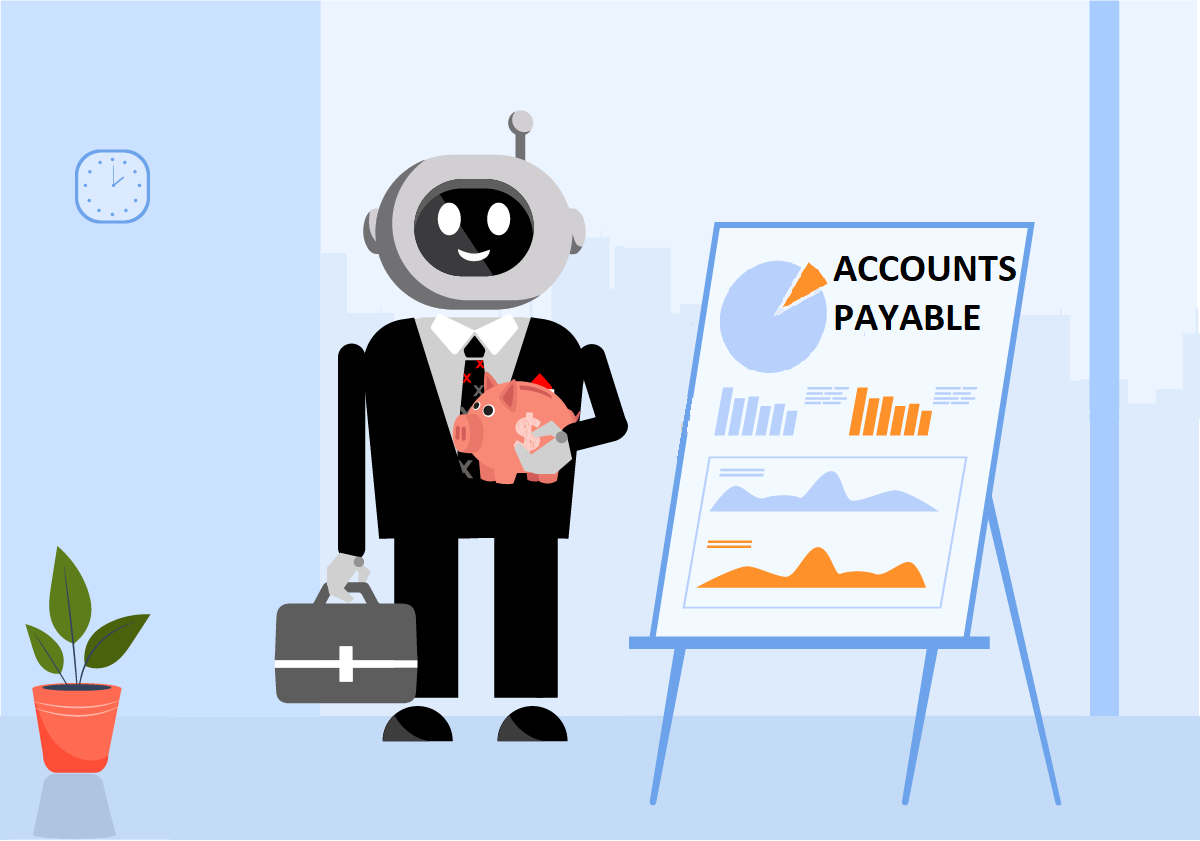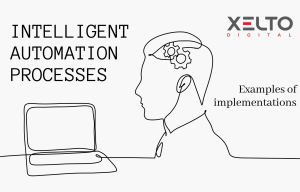Working in this department is mainly the registration and processing of financial transactions related to procurement and suppliers. This includes checking the correctness of the entered data, which in turn ensures timely payment for the purchased goods. This means that it is an important stage in the process of smooth cash flow in the company.
Let’s take one of the most important positions in this department, that is, the Data Entry Specialist who updates the system based on incoming invoices.
Can the user input activities for incoming vendor invoices be automated? Of course. “What’s in it for me?” Let us try briefly to answer this potentially obvious question. What is the expected result and what prompts companies to introduce as much automation as possible in this area without the risk of reducing jobs currently occupied by people and with the potential return on investment in the form of many savings?
The key aspect here is the efficient assistance (with an emphasis on the ‘assistance’ word) of the robot in the most erroneous activities, which can be significantly accelerated and which bring the greatest savings for the company. The AP area is a wide field for automation on many levels; complex automation or by means of the so-called building blocks, with various levels of advancement and robot independence.
If the automation includes receiving e-mails, reading, and then registering invoice data in the system, we are talking about saving time and eliminating errors resulting from a large amount of processed data.
If the automation concerns the validation of invoices and accounting documents received via e-mail, it includes verification of e-mail senders, the correctness of attachments (e.g., lack of attachments); it can introduce such elements as sorting and archiving documents in appropriate registers or printing.
The robot can enter data of accounting documents into any ERP system, and it does it quickly and flawlessly. What is the role of a man? From the executive, it goes into the decision-making one. It is the human being who makes the right decisions based on the data provided to the robot. Decides what to do with incorrect document formats or incorrect (not expected) data. It is the human who finally approves the reports on the robot’s operation and validates the data in the system.
Additional robot-user communication tools, coupled with the robot’s operation, in the form of mobile or desktop applications, constitute a decision management panel and undoubtedly facilitate the user’s actions.
Therefore, one can speak here of a constant increase in the level of user satisfaction when his tasks evolve in the direction from uniform data registration operations to analysis and making substantive decisions.






